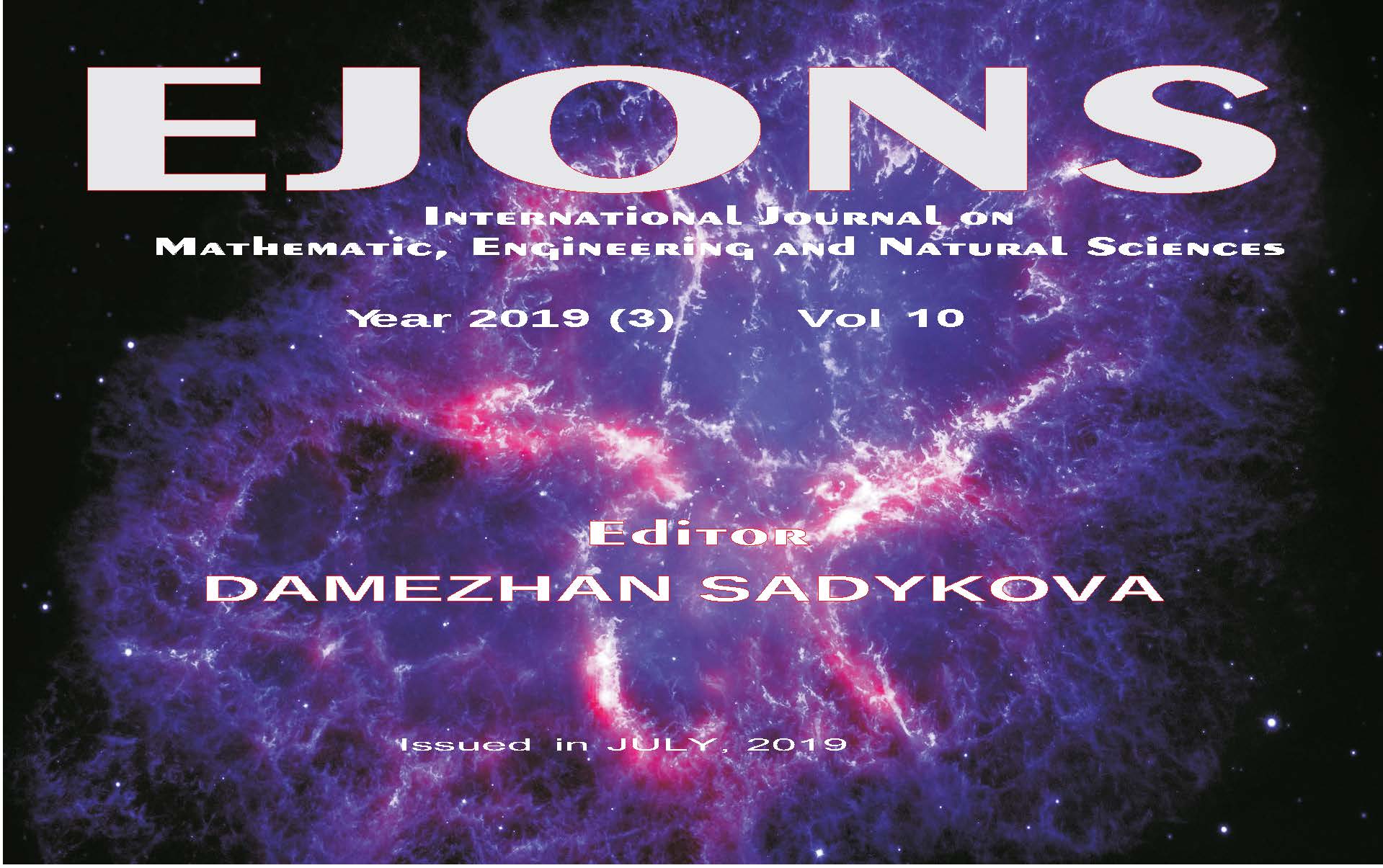THE EFFECT OF SALT (NaCl) CONCENTRATIONS ON LEAF AND BULB DEVELOPMENT OF HYACINTH (Hyacinthus orientalis “Fondant”) GROWING IN WATER-CULTURE
Keywords:
Bulb, Hyacinth, Hyacinthus orientalis, Leaf, Salt, Water CultureAbstract
In this study, the effects of salt concentrations applied to hyacinth (Hyacinthus orientalis “Fondant”) on leaves and bulbs were determined in water culture. In water culture, a solution of ½ percent diluted Hoagland nutrient solution was used. Four different concentrations (500 (S1), 1000 (S2), 2000 (S3) and 4000 ppm (S4)) salt (NaCl) were applied together with the control group (T0) which was not salted into the water culture. Hyacinth bulbs were planted in pots with peat:perlite mixture in 1:1 ratio. They were kept in the laboratory until leaves emerged. The hyacinths taken into the water culture were applied with salt in the flowering stage. At the end of the study, according to the applications the lowest and highest average values were in the number of leaf, leaf length, leaf width, bulb weight, bulb length and bulb width as 6.000-7.026 pieces (S4-S3), 107.401-254.343 mm (S4- S1), 20.723-29,769 mm (S3-S1), 20.35-24.900 g (S4-S3), 32.364-36.724 mm (S4-S3) and 35.215- 36.618 mm (S4-S3), respectively. The difference between the average values of the applications was statistically insignificant in bulb width; the difference between leaf number, leaf length and leaf width averages at p <0.001; bulb weight at p <0.05 and bulb length at p <0.01 level was found to be significant. At the end of the study, it was determined that 4000 ppm salt application (S4) had a negative effect on leaf and bulb growth.
Downloads
Published
How to Cite
Issue
Section
License

This work is licensed under a Creative Commons Attribution-NonCommercial 4.0 International License.


